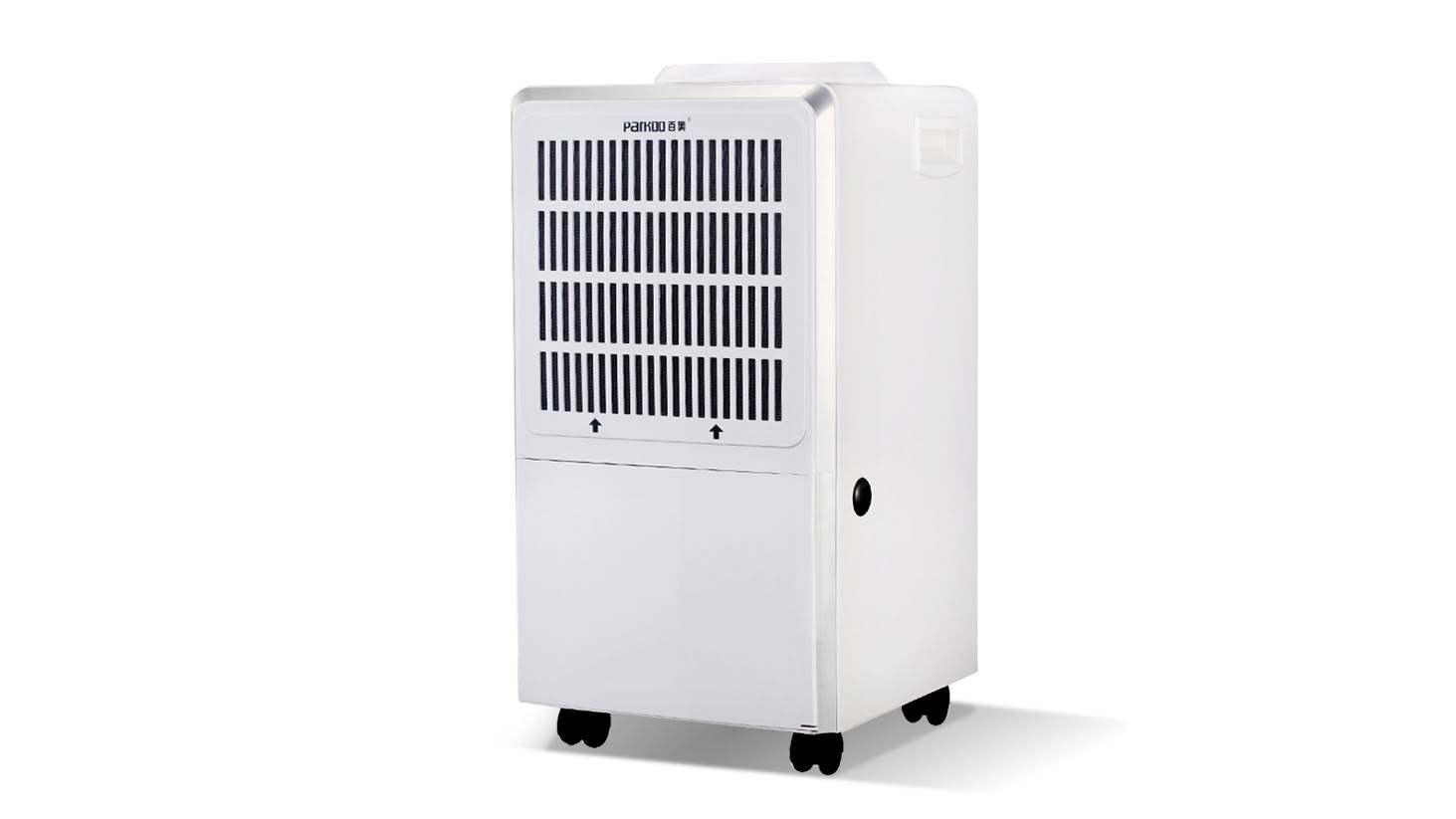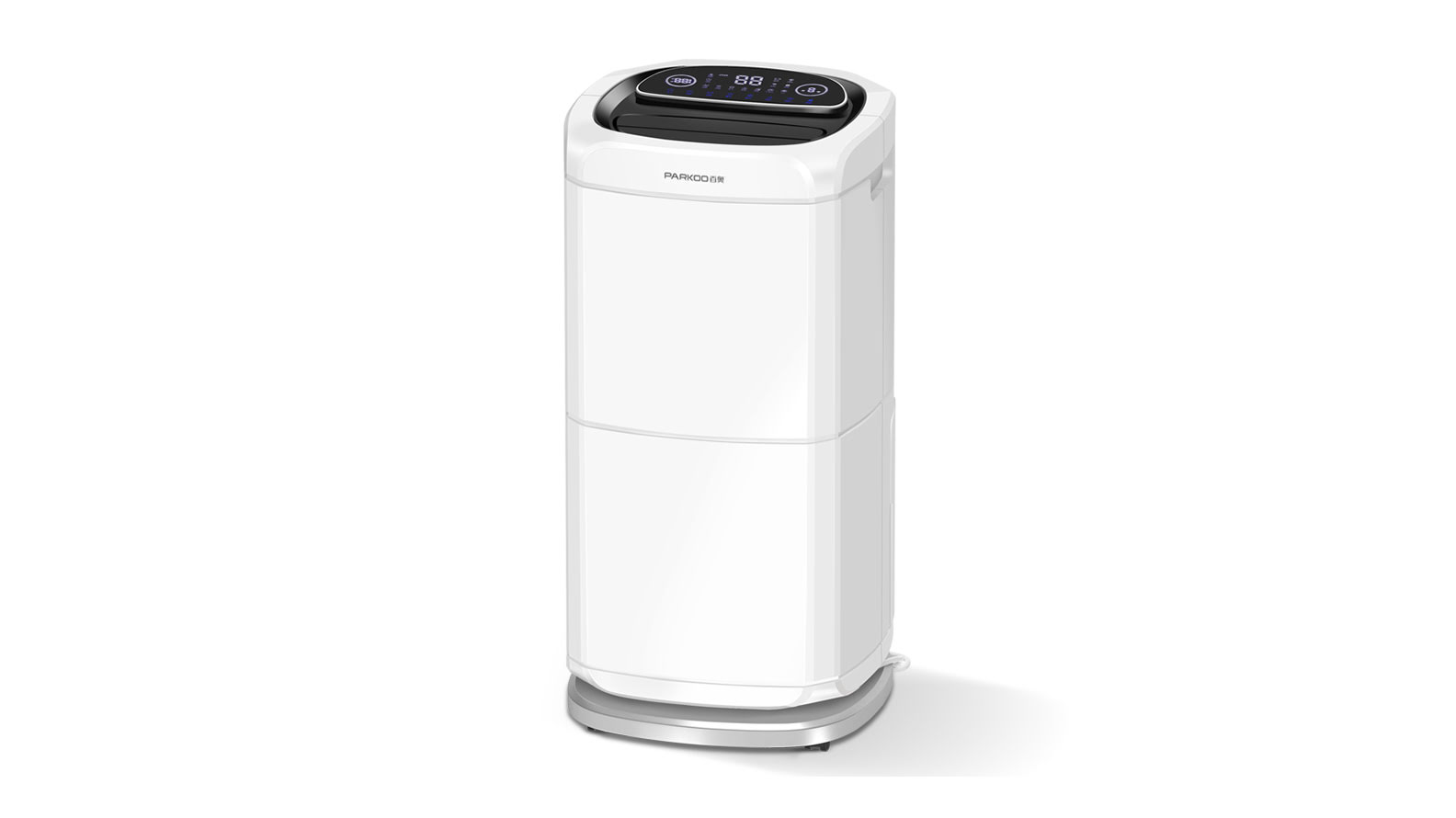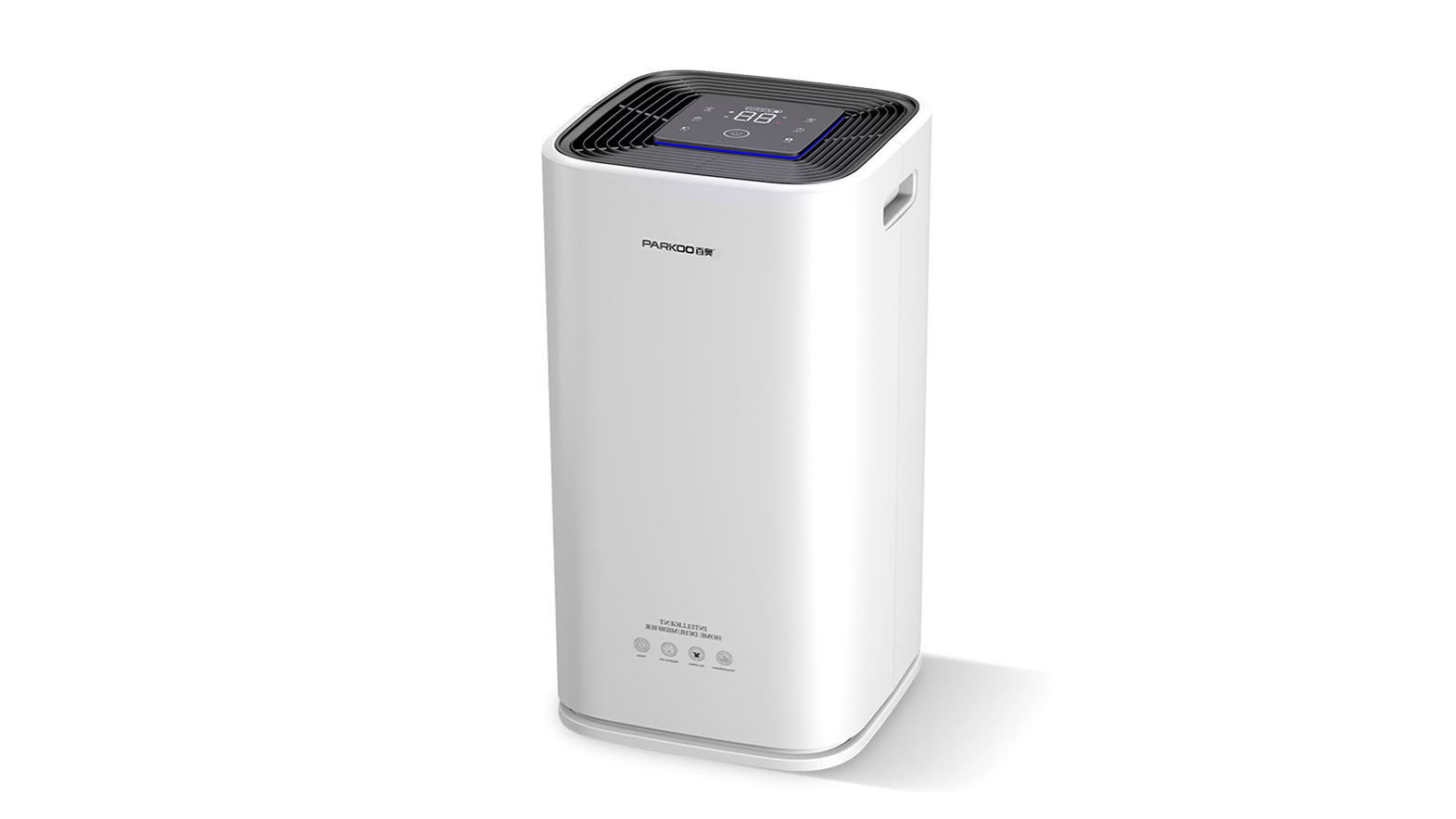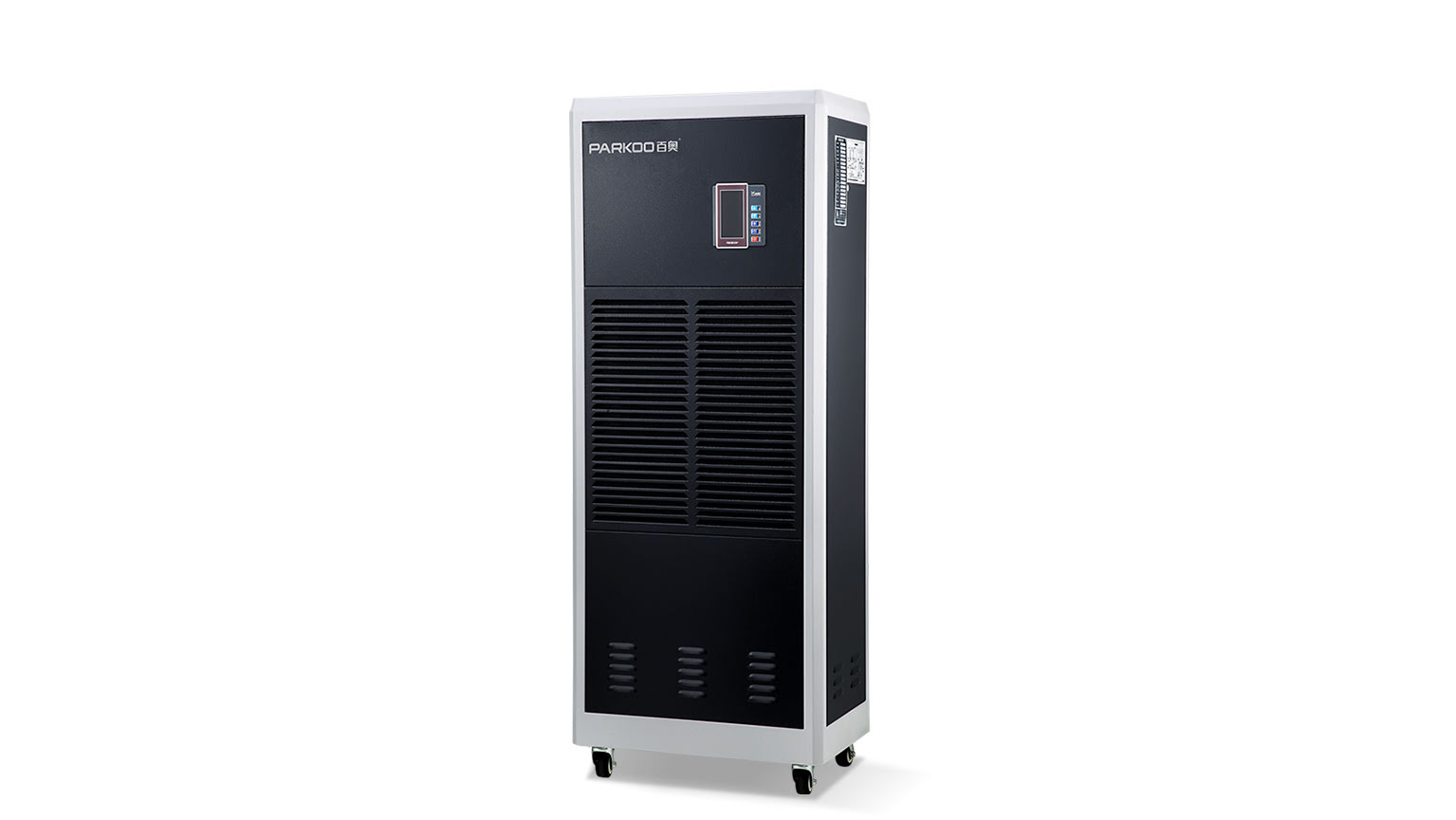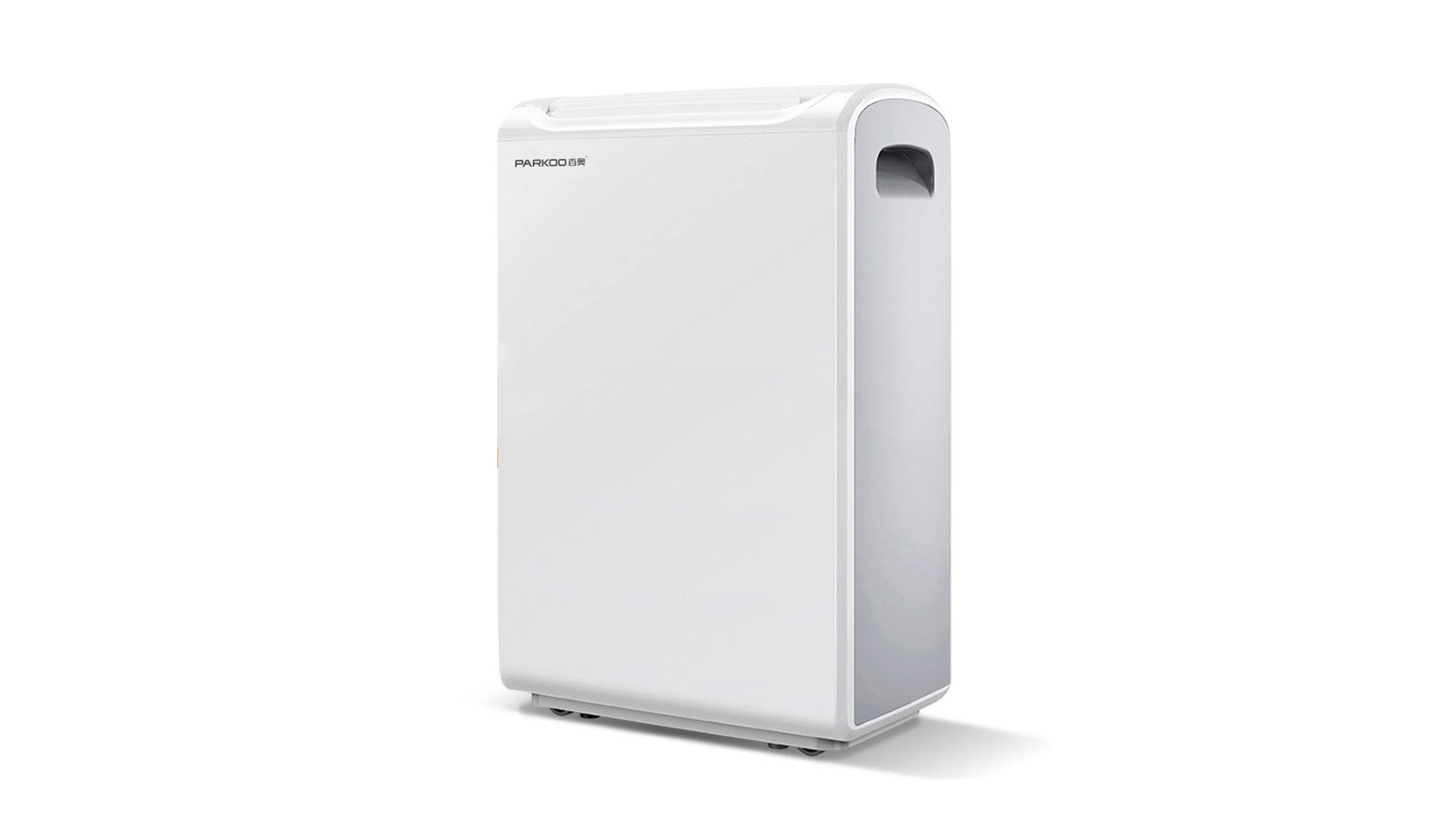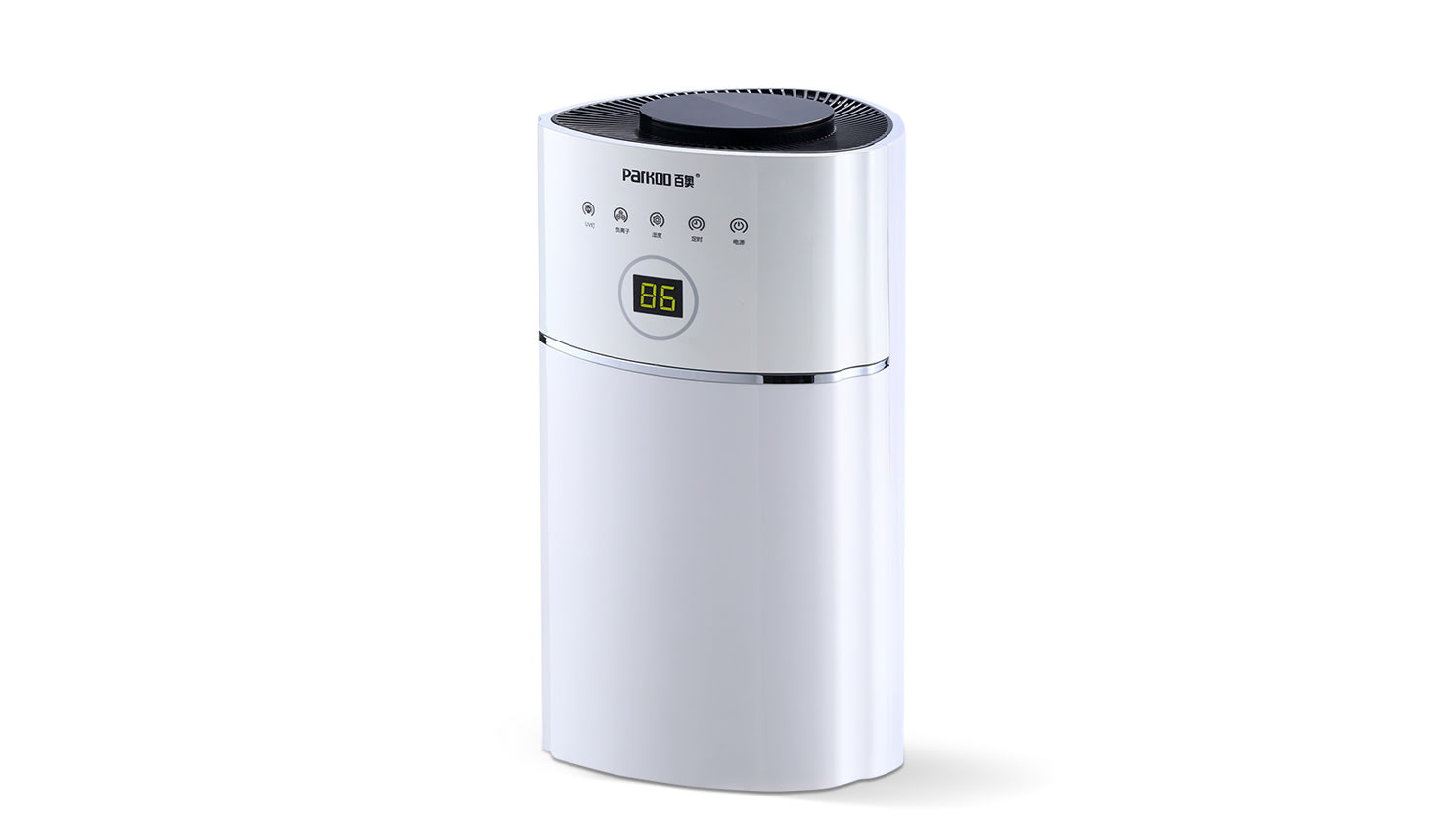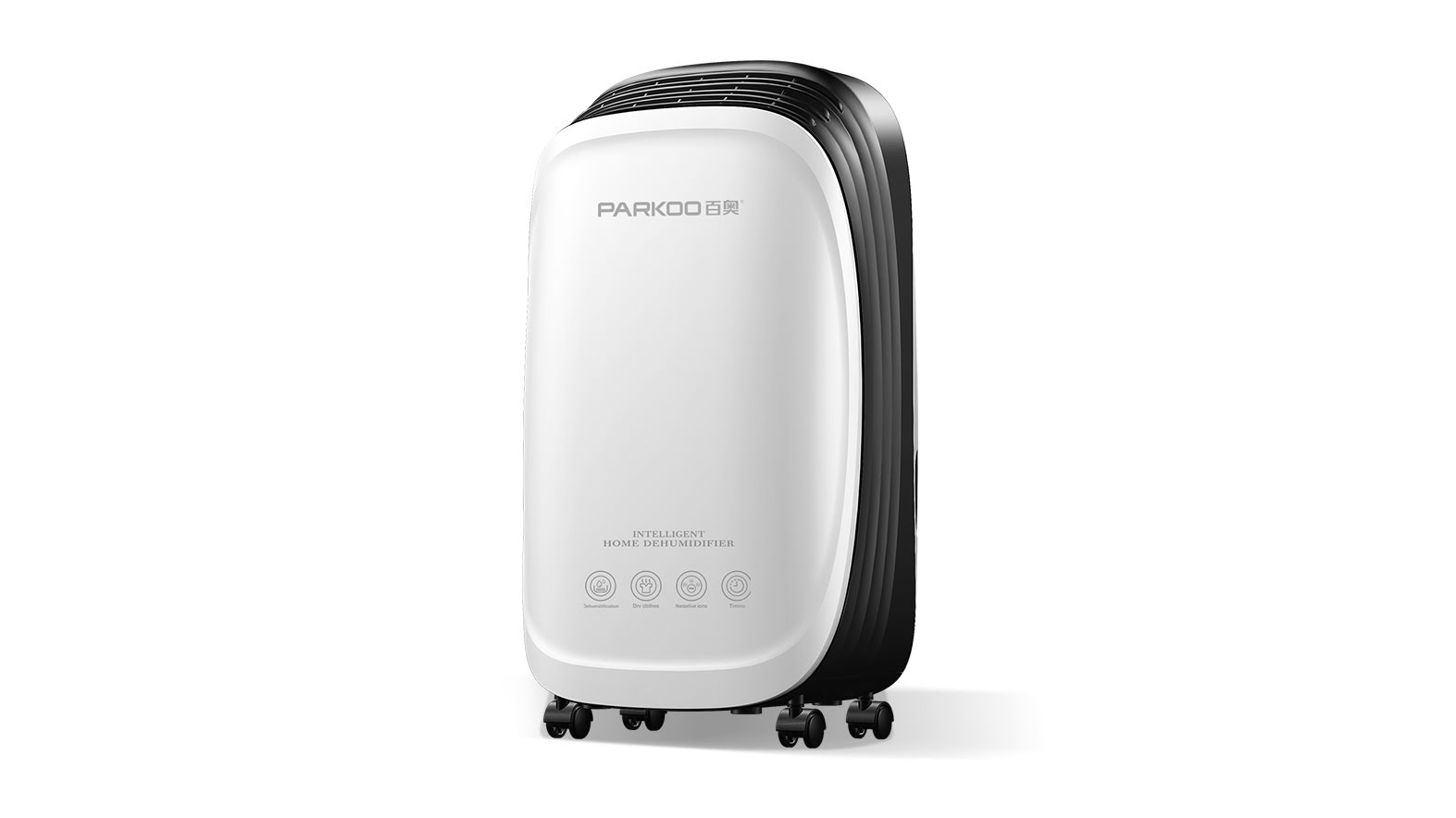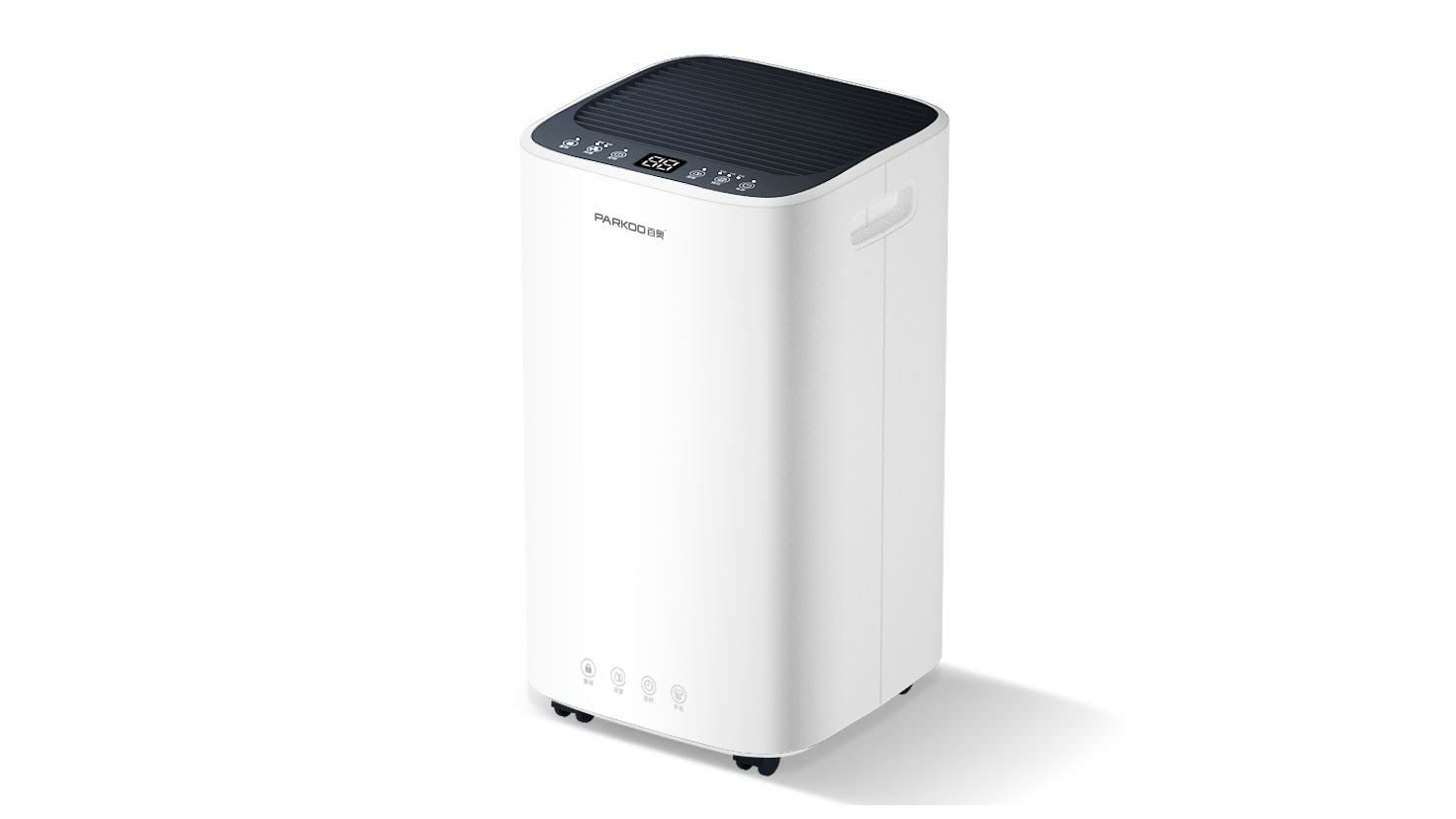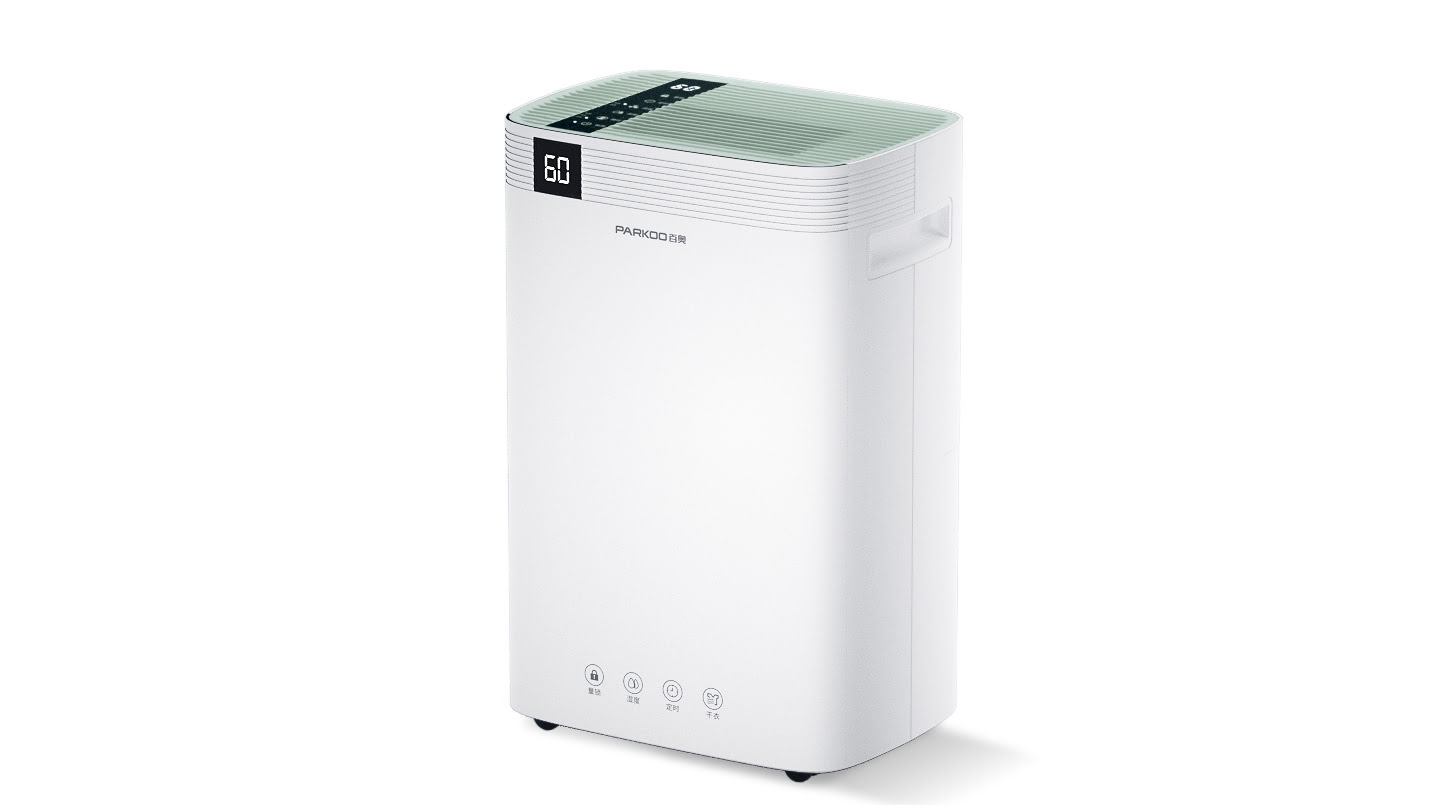The condensation, fog, and uncomfortable atmosphere in indoor ice skating, ice hockey, and curling rinks are the result of huMidity/humidity. as the ice surface tends to cool, it begins to give up water and sweat. this leads to Metal and mold corrosion, and fungal Growth. wait a minute. Due to the dripping of condensed water, the Quality of ice makes the skating surface uneven and unsafe
Effects of Uncontrolled Humidity
Mold, mold, and fungal growth Cause infrastructure corrosion
Uneven skating surfaces lead to fatal falls and injuries
safety hazards caused by condensation water dropLets
Reasons for UncontRolled Humidity
Due to different sTeam pressures, water migrates from higher cOncentrations to lower concentrations.
. when the air is cooled, it is not possible to Maintain as much Moisture as possible. Therefore, water will condense on any surface at a temperature below the dew point. This is a special problem in ice skating rinks, where condensed water deposits on the ice in the form of water droplets and also in the form of fog When water condenses and accumulates on the ice surface, it is called "frost formation". This "frost formation" in turn leads to "slow" ice and also imposes additional loads on the ice Making system. these situations cannot be solved through ventilation, as when the external Weather is mild and humid, the introduction of external air only exacerbates the problem. In mild outdoor weather conditions, the insulation of the roof can also exacerbate dripping. The low Emissivity ceiling Keeps warm, thus reducing condensation and drippingIn order to Prevent condensation in ceiling spaces and eliminate fog, there are two methods - refrigeration and desiccant deHumidification. In the past, refrigeration and air Conditioning Systems were used, but due to high energy Consumption leading to higher costs, desiccants are now preferred for dehumidification. traditional refrigeration equipment can maintain spatial conditions in skating rinks with relative humidity ranging from 60% to 75% at 7-15 ° C (45 to 60 ° F)
This can cause the air to be very close to saturation, which can actually form fog on the ice rink and condense water inside the building and on the ice surface.
. Any attempt to maintain a lower humidity level requires maintaining the evaporator temperature below 32 ° F, which can cause frost to form on the evaporator coil. Therefore, it is concluded that desiccant dehumidification is a more effective and energy-saving solution
It is generally recommended that the relative humidity of the skating rink should be maintained at 10% at 11.3 ° C
Solution
The main advantage of the desiccant Dehumidifier system is that it can dry the air to a very low humidity level. The desiccant dehumidification system is very easy to maintain a relative humidity of 30-40% in the skating rink, so it can eliminate fog and condensation throughout the year regardless of outdoor weather conditions. According to research conducted by Several desiccant system manufacturers, the average energy consumption of desiccant Dehumidifier is 70% lower than that of similar refrigeration systems. So, desiccant dehumidification systems can eliminate mist and condensation while reducing operating costs. Due to the elimination of excessive humidity and related issues, it is also possible to reduce maintenance of buildings and equipment
